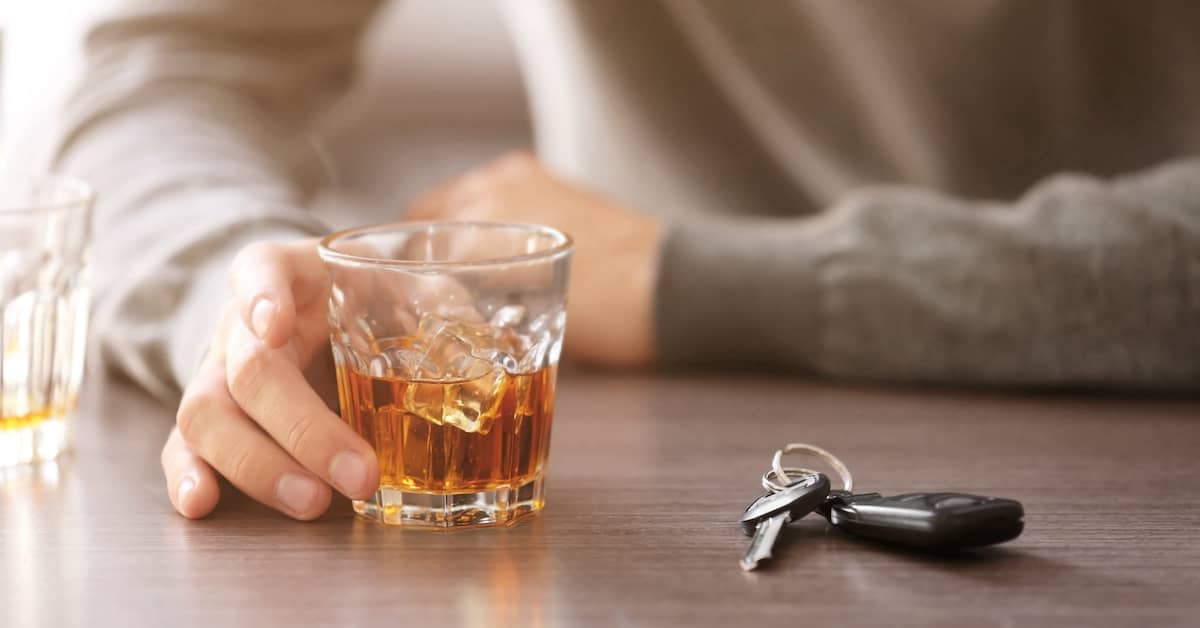
The risk of being involved in a drunk driving accident increases during the holidays. Every year the National Highway Traffic Safety Administration (NHTSA) strives to curb drinking and driving through the annual Drive Sober or Get Pulled Over campaign.
Unfortunately, far too many people still aren’t getting the message. Drunk driving remains a major cause of accidents, many of them resulting in serious injuries or fatalities. Innocent people in other vehicles are often the ones who suffer the most when a motorist decides to drink and drive.
Hauptman, O’Brien, Wolf & Lathrop is committed to helping victims and their families recover maximum compensation for injuries sustained in a drunk driving accident. We also represent families who have lost a loved one to an impaired driver.
Call Hauptman, O’Brien, Wolf & Lathrop at (402) 241-5020 today for a FREE case review. Our drunk driving accident lawyers serve clients in Omaha, Sarpy County, South Omaha, and all of Nebraska, as well as Council Bluffs, Iowa.
How Many Car Crashes a Year Are Caused by Alcohol?
The Nebraska Department of Transportation (NDOT) maintains annual statistics on the number of alcohol-related crashes in the state. From 2011–2020 (the most recent years of data), NDOT recorded a total of 16,895 accidents where alcohol was a factor.
During this same 10-year period, a total of 332,558 crashes were recorded in Nebraska overall (according to NDOT’s annual Traffic Crash Facts reports). Based on these statistics, drinking and driving accounts for approximately 5% of all traffic accidents in Nebraska.
Exact statistics for how many crashes are caused by drunk driving at the national level are difficult to find. However, the NHTSA reports that 31% of all fatalities in vehicle crashes nationwide involve a drunk driver. Nebraska has similar statistics, with approximately 29% of accident fatalities on average involving a driver who was under the influence.
What Percent of People Driver Under the Influence?
According to American Addiction Centers, more than one-third of Americans (approximately 34%) report getting behind the wheel at least once in the past month within 2 hours of drinking alcohol. More than half of the individuals surveyed (53%) report feeling capable of driving after they drink.
Overconfidence is the number-one reason people drink and drive. It is not uncommon for people to overestimate their ability to drive safely when they are under the influence.
A blood alcohol content (BAC) of 0.08 results in significant impairment for the average person. That is why the 0.08 BAC has been adopted as the legal limit for drinking and driving nationwide. However, even a BAC below the legal limit can make it unsafe to drive and potentially lead to a drunk driving accident.
How Does Drinking Affect the Ability to Drive?
Drinking alcohol impairs a person’s ability to drive safely in several ways. The key effects of alcohol intoxication on driving skills include:
- Impaired judgment: Alcohol can impair a person’s ability to make sound decisions, resulting in poor judgment. This can result in aggressive or careless driving.
- Slower reaction time: People who drink and drive have difficulty responding quickly to sudden stops and other unexpected situations because their reaction times are slower than normal.
- Impaired coordination: Alcohol makes it more difficult to control the vehicle and stay within a lane due to the impact on fine motor skills and hand-eye coordination.
- Decreased concentration: Lapses in concentration and attention are common when a person is intoxicated. This can cause a motorist to miss traffic signals, signs, and other important details when driving.
- Blurred vision: Alcohol can cause blurred or double vision, making it challenging to see clearly and accurately judge distances—both essential for safe driving.
- Reduced inhibitions: Intoxication lowers inhibitions. As a result, drunk drivers are more likely to engage in risky and dangerous behaviors such as speeding, tailgating, and dangerous passing.
- Impaired balance: Alcohol impairs a driver’s balance, which can lead to difficulty maintaining control of the vehicle. Police assess a suspected drunk driver’s balance through field sobriety tests such as the walk-and-turn test and standing on one leg.
- Drowsiness: Fatigue is a dangerous state for driving. Studies show that being awake for 20 hours is equivalent to having a BAC of 0.08. Alcohol can lead to feelings of drowsiness, making drivers less aware and potentially causing the driver to fall asleep at the wheel.
- Poor risk assessment: Intoxicated individuals often have a skewed perception of risk, making them more likely to engage in high-risk driving behaviors such as aggressive driving or driving at excessive speeds.
The impact of alcohol on driving ultimately depends on multiple factors, including the driver’s BAC, tolerance to alcohol, and other personal characteristics. What doesn’t change, however, are the dire consequences that may occur when someone drinks and drives.
Read More: Can I Sue a Drunk Driver?
Driving under the influence in Nebraska is punishable by fines, driver’s license suspension, and jail time. A drunk driving accident that causes serious bodily injury is a Class IIIA felony.
In addition to criminal penalties, drunk drivers face civil liability for accidents they cause. Drunk driving accidents often result in catastrophic injuries (or worse). Victims of the crash may be entitled to substantial compensation for their losses.
Contact a Drunk Driving Accident Lawyer Today
Drunk driving accidents are 100% preventable. Motorists who get behind the wheel drunk and cause an accident should be held accountable.
Hauptman, O’Brien, Wolf & Lathrop is passionate about preventing drunk driving crashes. That’s why we created the Safe Ride Home® program, which provides rideshare services free of charge around major holidays where drinking and driving is prevalent.
We are also passionate about fighting for the rights of individuals harmed by drunk drivers. Our attorneys have more than 298 years of combined experience pursuing fair compensation in a wide range of personal injury and wrongful death matters.


I can’t thank Jeremy, Nicole, and Andrea enough for the way they handled my case. After my car accident, I felt overwhelmed and unsure of what to do, but their team stepped in with confidence, compassion, and clear communication every step of the way.
They explained things in a way that actually made sense, fought hard to make sure I was treated fairly, and never made me feel like just another case number.
If you’re looking for attorneys who actually care and know how to get things done — these are your people